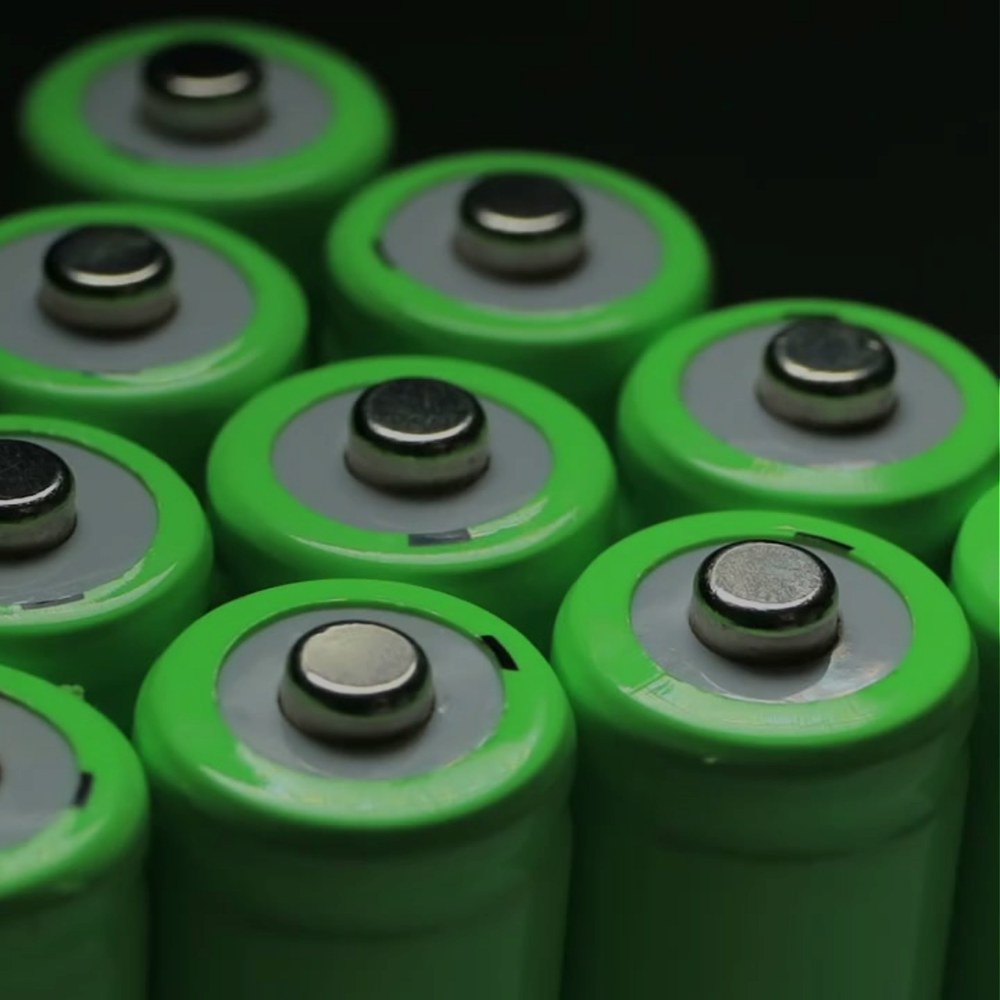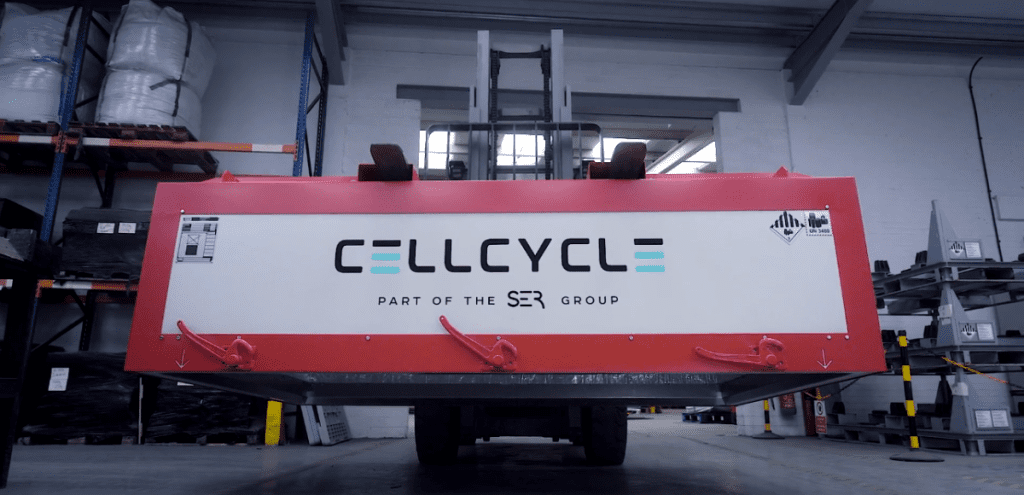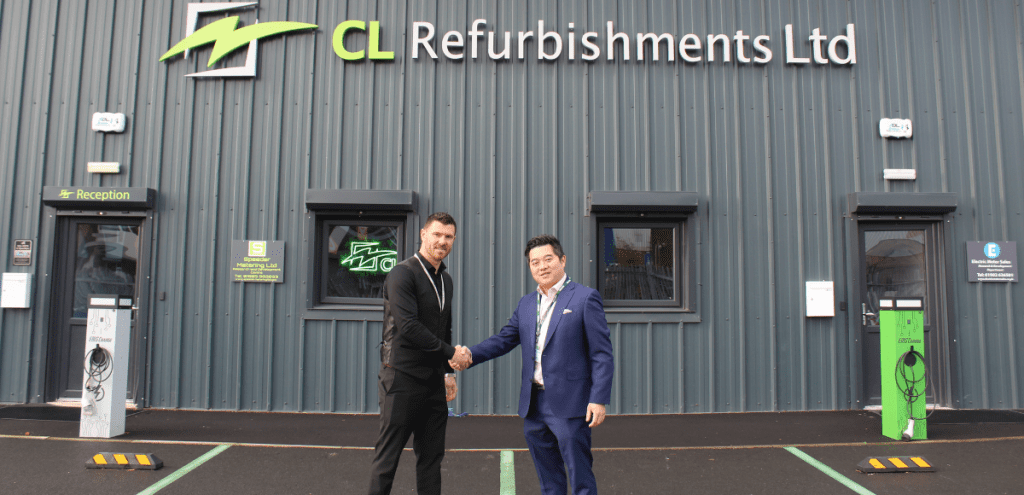Over the last 20 years companies across the world have been developing state-of-the art recycling processes for end-of-life li-ion batteries. Through industry standard processes such as hydrometallurgy and pyrometallurgy, refiners are able treat and extract critical minerals from end-of-life li-ion battery material to be used in the production of future lithium ion batteries.
What happens when a li-ion battery hasn’t quite reached its end-of-life?
Depending on the condition and type of battery, there are several ways in which li-ion batteries can be given a new lease of life. Some ways in which we can give batteries a second life include the re-manufacturing of used batteries, finding suitable secondary applications for existing li-ion batteries and ultimately the reuse of critical minerals from the li-ion batteries for future production.
Battery Remanufacturing
The Wikipedia definition of ‘remanufacturing’ is “the rebuilding of a product to specifications of the original manufactured product using a combination of reused, repaired and new parts”.
Although the remanufacturing of lithium ion batteries is a relatively new application some of the industries leading organisations and academia have found ways in which li-ion batteries can be remanufactured. The current process in which batteries can be remanufactured come in the form of the repairing or replacement of deficient parts (such as a module or even individual cells). Through this process batteries can become 100% optimised for its primary use, reaching a quality a close to ‘new’ as possible.
A second-life?
Lithium-ion batteries, such as those used in electric vehicles, can last up to 20 years before being deemed unsuitable for use in a vehicle, but what if they can carry on being used for a different purpose?
Some battery types have the ability to be re-purposed for a secondary application. Companies such as Nissan and B2U Storage Solutions in California used Nissan Leaf EV batteries as energy storage for the grid. In addition to energy storage, many batteries can be reused to help power smaller and less energy intensive vehicles, lighting, machinery and much more.
The reuse of critical minerals
Once a li-ion battery’s life has been completely exhausted and cannot be reused the time will come where the battery will need to be recycled. Using a variation of mechanical and metallurgical techniques batteries can be broken down into raw material that can then be refined.
During the refining process critical minerals such as lithium, nickel, cobalt and manganese can be expertly extracted to produce a purer mineral form. Once these critical minerals have been extracted, depending on their purity they can be reused in the production and manufacturing of new, future batteries. By doing so battery manufactures are able to develop a circular economy in which the original material once used in their old batteries is then used again in their new ones.
The future of reuse
There is no denying that reuse is the most sustainable action when dealing with ‘end-of-life’ batteries but it does come with its challenges.
Not all batteries are the same, they come in hundreds of different shapes, sizes, specifications and even chemistry meaning that finding replacement parts or suitable secondary applications is currently very difficult.
Many batteries can come in the form of prototypes or have IP protected designs meaning that certain information and conditions must not be changed, removed or altered in any way that would affect the li-ion battery’s original condition.
Battery recycling is a fairly new concept compared to other recycling processes and battery reuse is even newer. Currently there is not enough resources available for organisations and academia alike to develop a standardised and widely available battery reuse process.
However, the rapid growth in battery recycling solutions across the globe has already given rise to a number of successful battery reuse projects, research and development initiatives and innovative new technology.
As we move closer to electrification and new technology becomes more readily available battery reuse will soon be the primary solution for end-of-life batteries.
If you are interested in learning more about battery reuse and what goes into Cellcycle’s battery reuse service get in touch with a member of our team today.
nnnnnnnnnnnnnnnnnn


